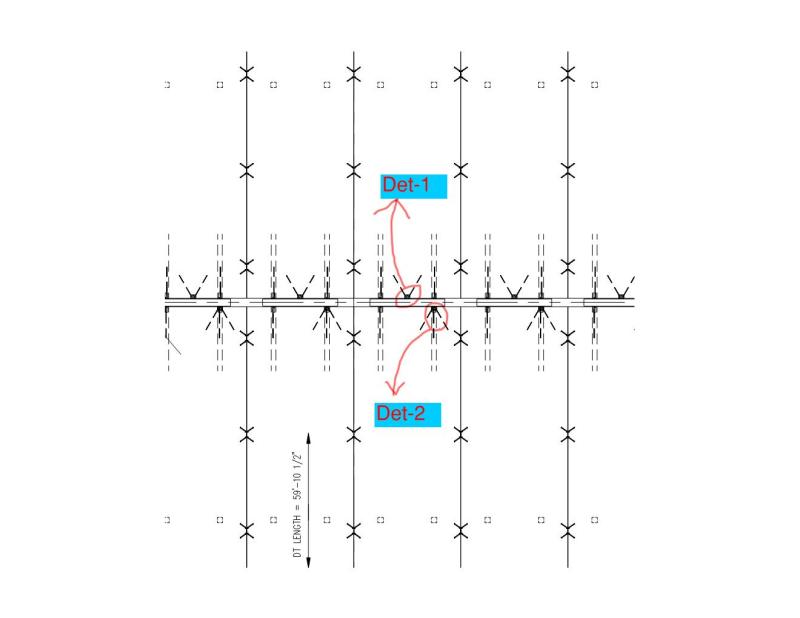KimWT
Structural
- Jul 15, 2003
- 71
Hi!
Some engineers want to put double tee to litewall connections at DT stems (Det-2)
while others put them in the middle between two stems (Det-1).
What effects do they expect from different locations?
Why don't they place embed plates at the stem like Det-2 where more concrete mass can be used?
Thanks for your comment in advance!

Some engineers want to put double tee to litewall connections at DT stems (Det-2)
while others put them in the middle between two stems (Det-1).
What effects do they expect from different locations?
Why don't they place embed plates at the stem like Det-2 where more concrete mass can be used?
Thanks for your comment in advance!

